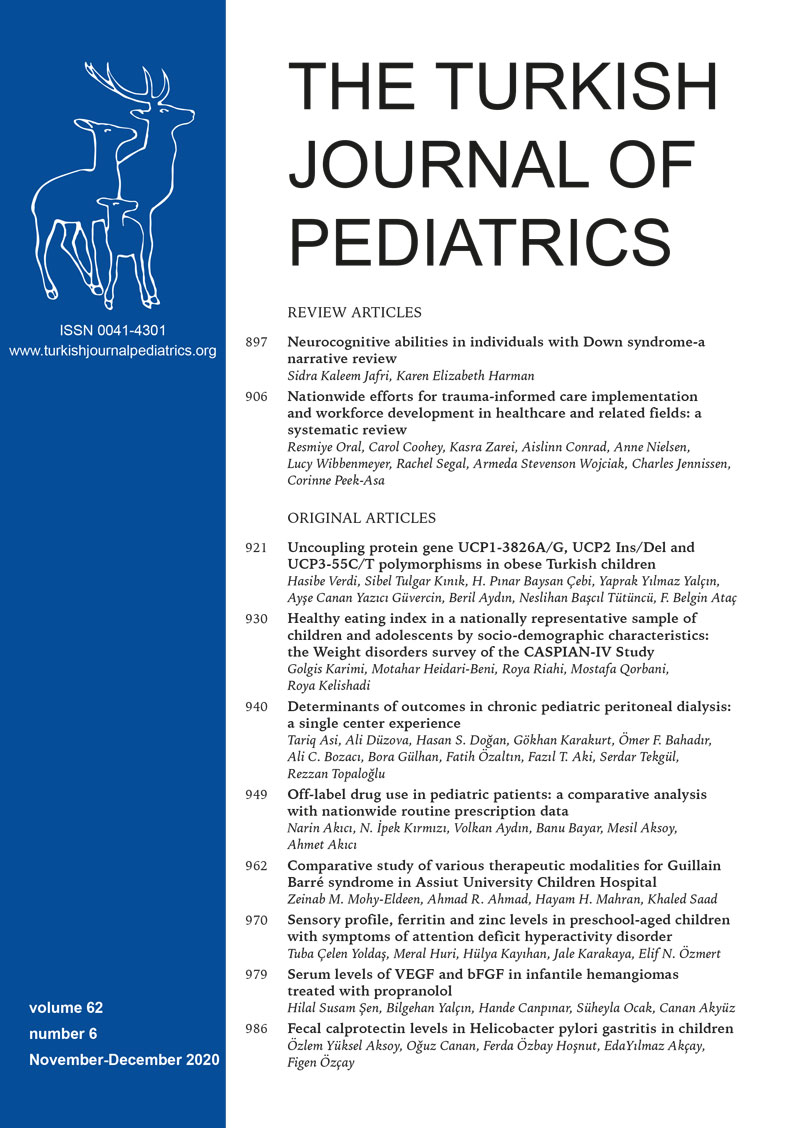Abstract
Background. The negative effect of genital and extragenital warts on adult patient quality of life (QoL) is well known; however, the literature lacks data on the effect of extragenital warts on Turkish pediatric patient QoL. The aim of this study was to determine the effect of extragenital warts that persist for ≥6 months on Turkish pediatric patient QoL, as well as to determine the relationship between patient demographic and clinical characteristics, and QoL.
Methods. The Pediatric Quality of Life Inventory Version 4.0 (PedsQLTM 4.0) was administered to 85 children and their parents (patient group), and 85 age- and gender-matched children without any skin disease and their parents (control group). Children`s Dermatology Life Quality Index (CDLQI) was administered to the patients. Higher CDLQI and PedsQLTM are indicative of lower QoL.
Results. Median wart duration and median age at the time of wart onset was 12 months (range 6-84) and 10 years (range 1-16), respectively. In the patient group mean (±Standard deviation [SD]) CDLQI score was 5.20 ± 5.97, and warts had the greatest negative effect on CDLQI symptoms and feelings scores. Mean (±SD) PedsQLTM total score was higher in the affected patients than that for the controls (23.42 ± 12.33 versus 15.81 ± 7.37, P < 0.001), and school, social and emotional functionality subscales exhibited the greatest differences between these groups. Mean (±SD) PedsQLTM total score for the patients` parents was higher than that for the controls` parents (25.94 ± 12.49 versus 17.81 ± 6.87, P < 0.001), and social and emotional functionality subscales exhibited the greatest difference between these groups.
Conclusions. The findings show that Turkish children with warts that persist for ≥6 months had lower QoL than the controls.
Keywords: dermatology, infectious diseases, quality of life
Copyright and license
Copyright © 2020 The Author(s). This is an open access article distributed under the Creative Commons Attribution License (CC BY), which permits unrestricted use, distribution, and reproduction in any medium or format, provided the original work is properly cited.














